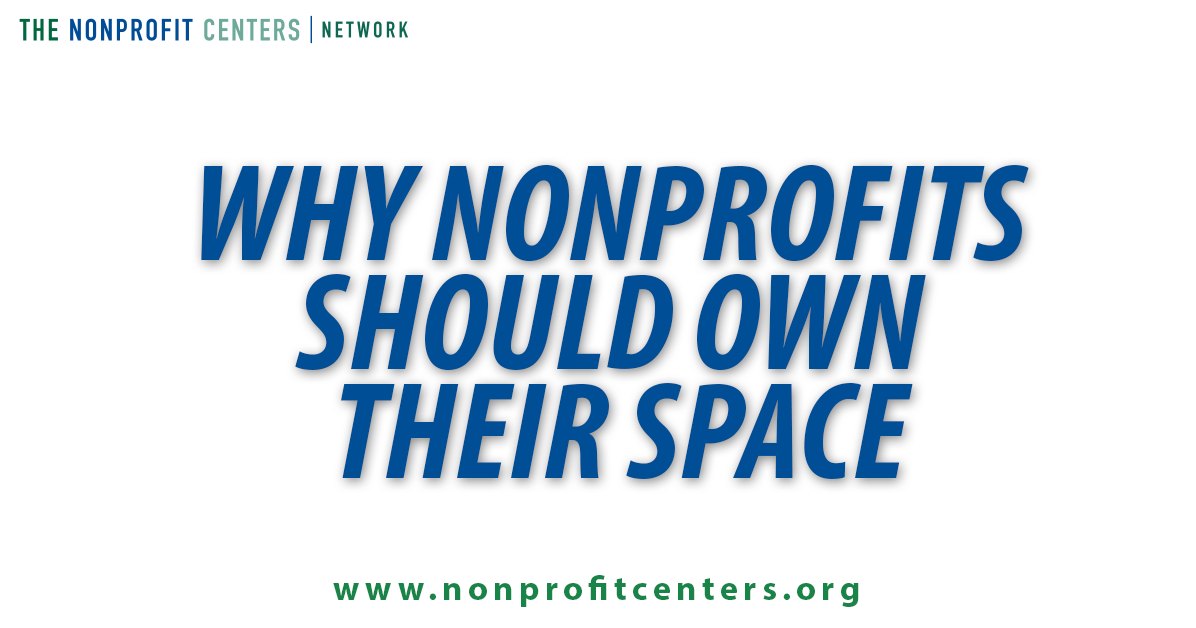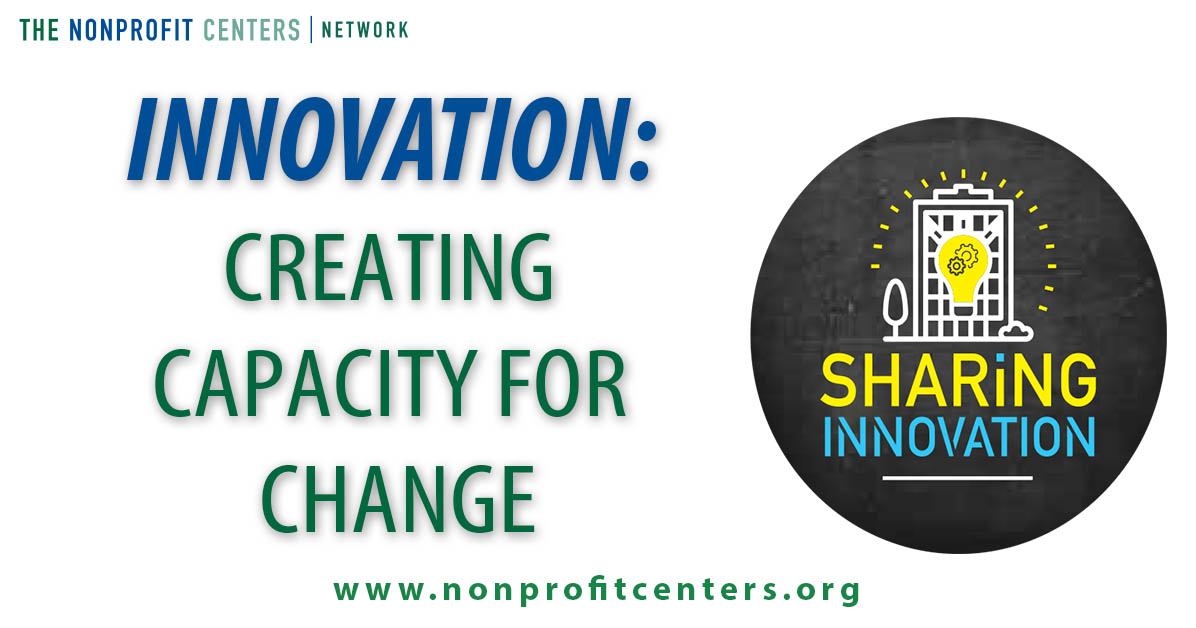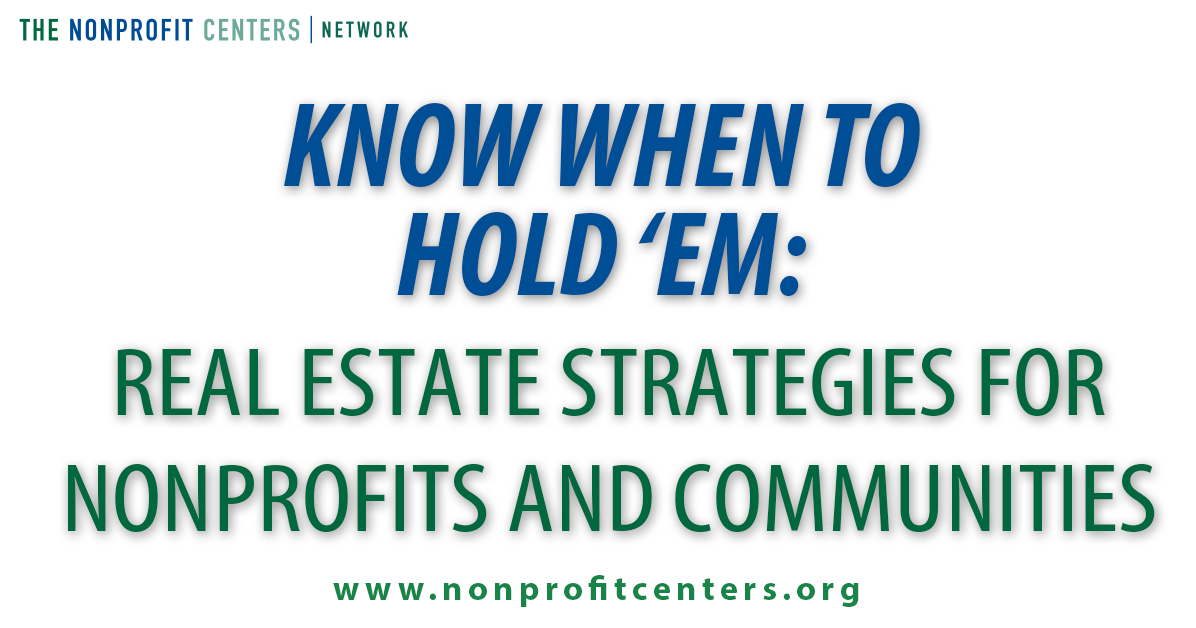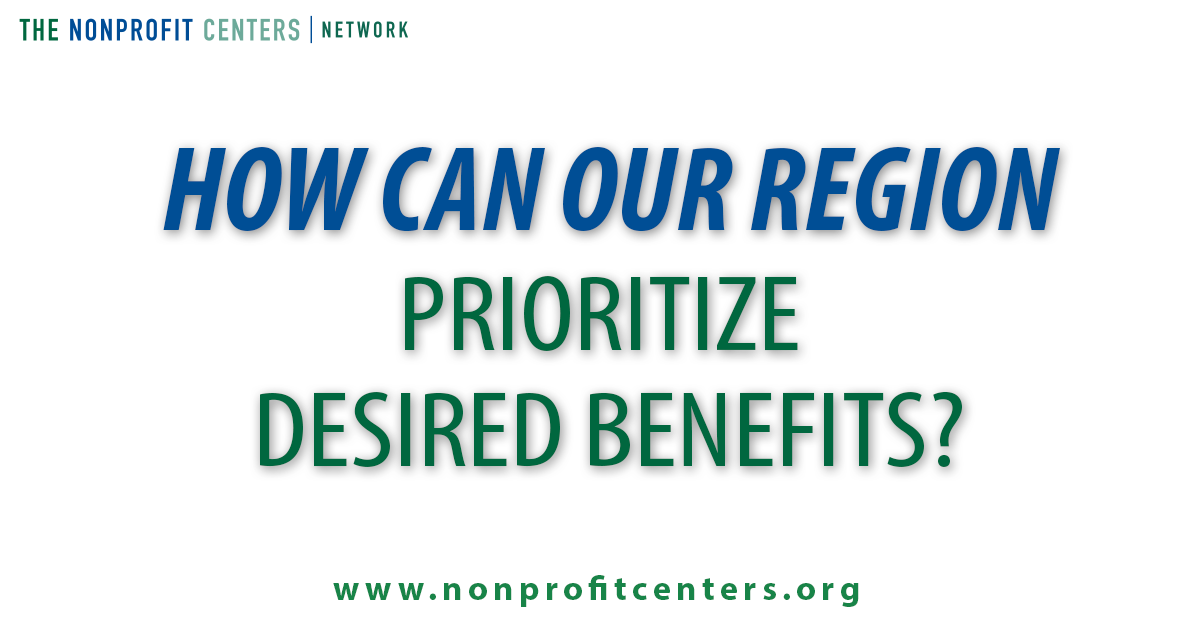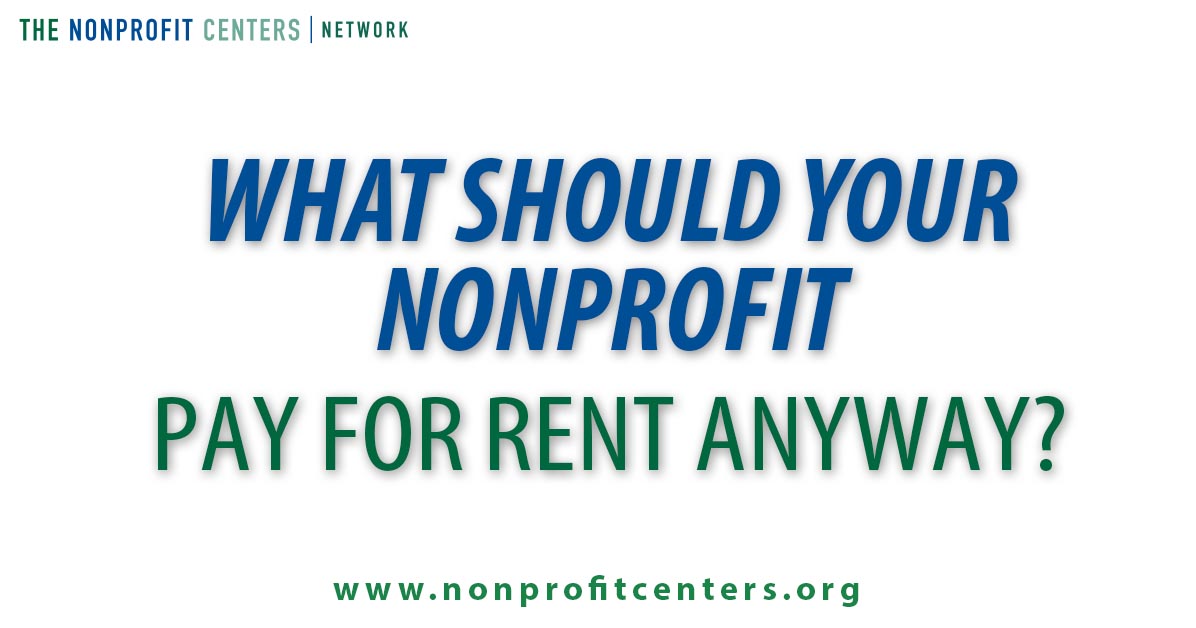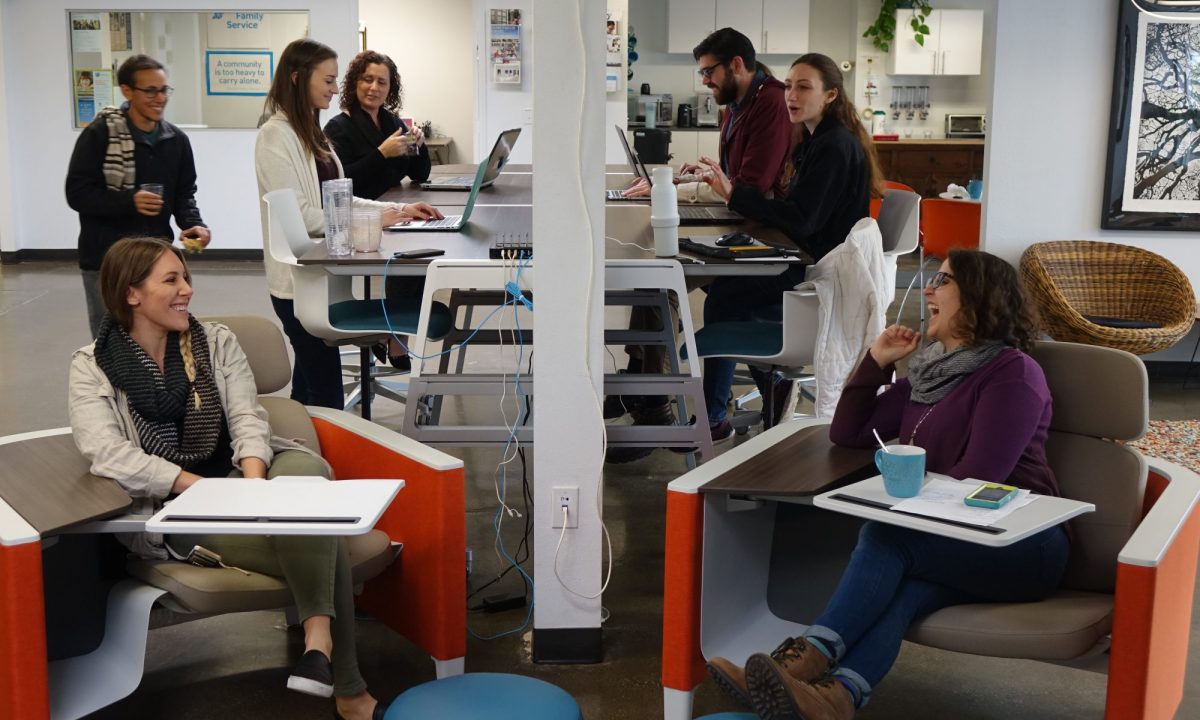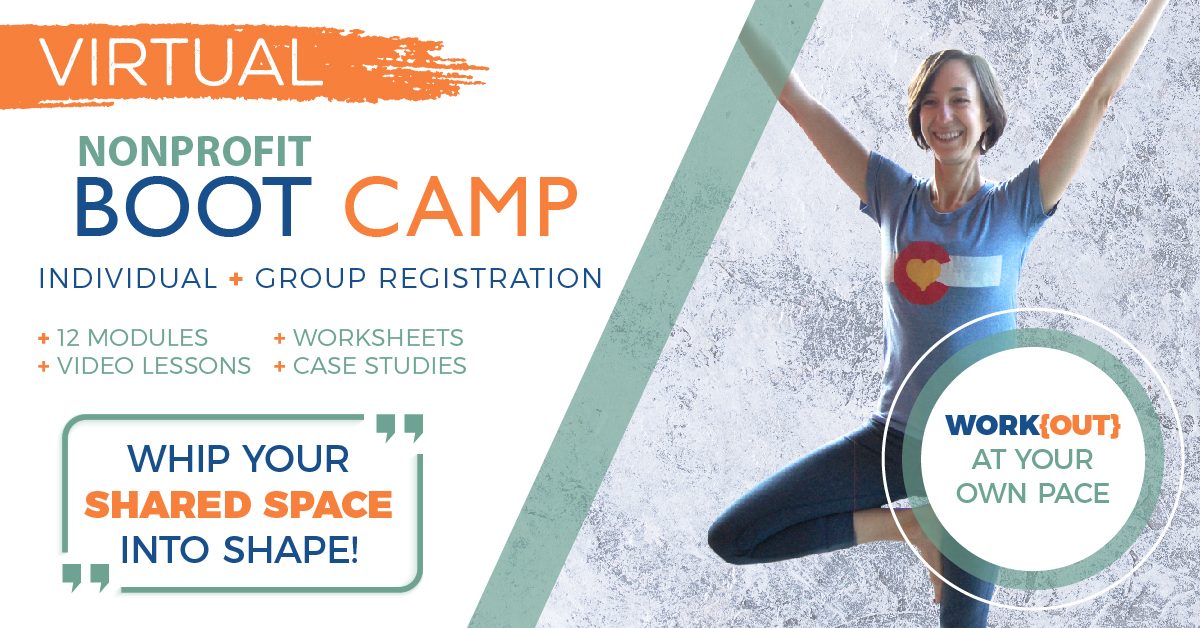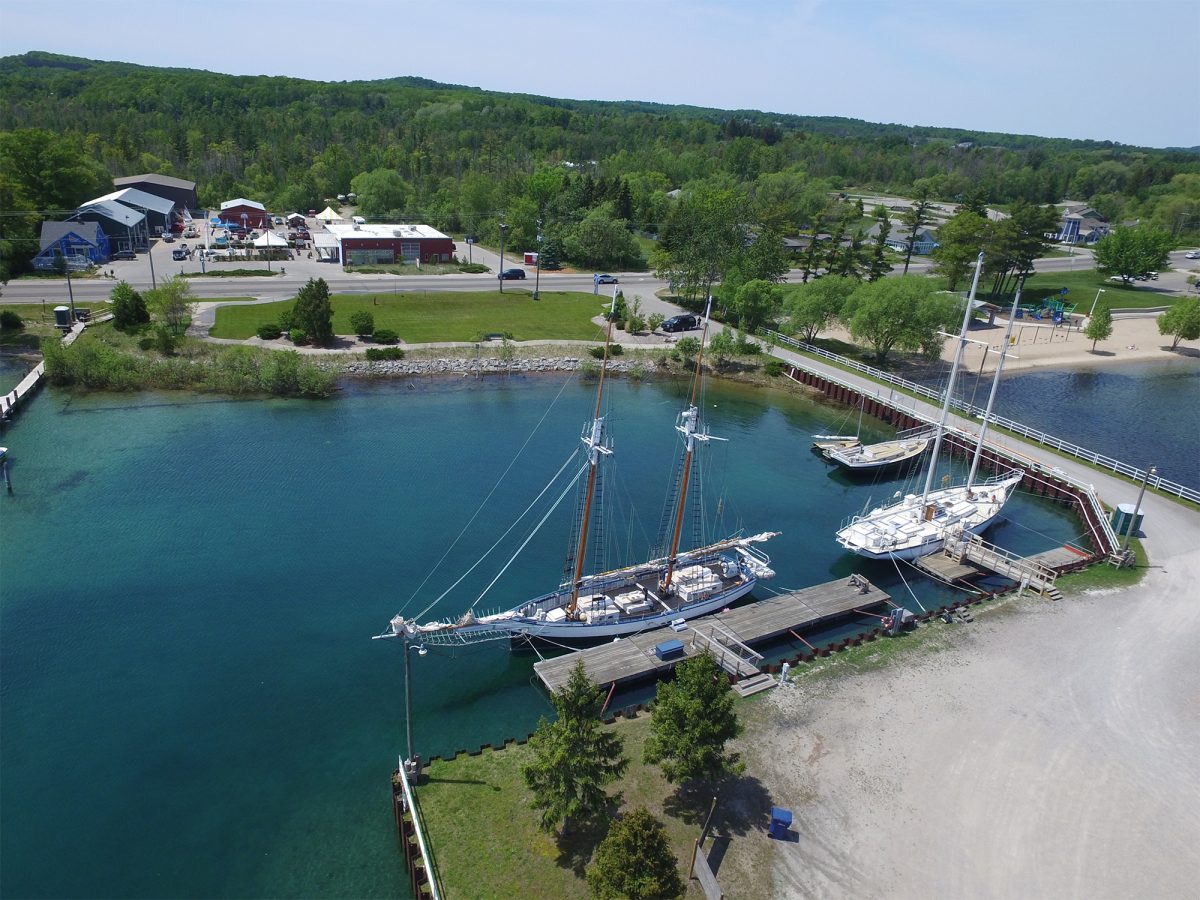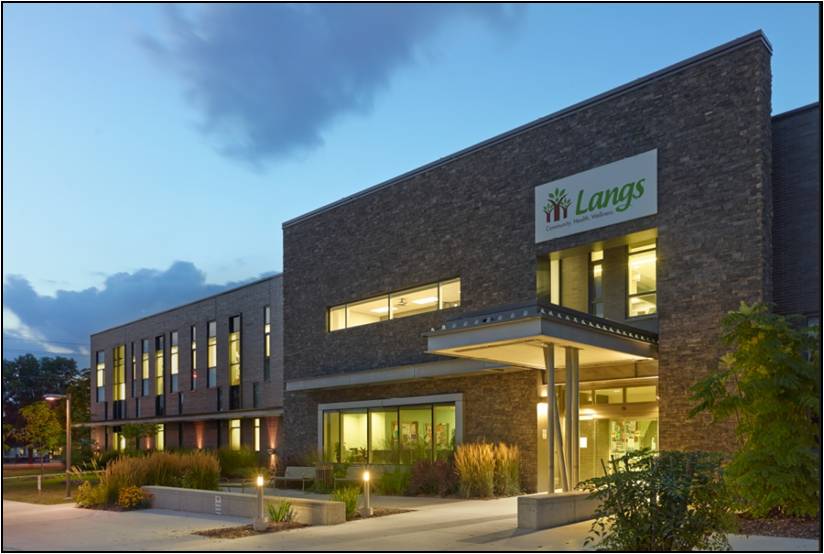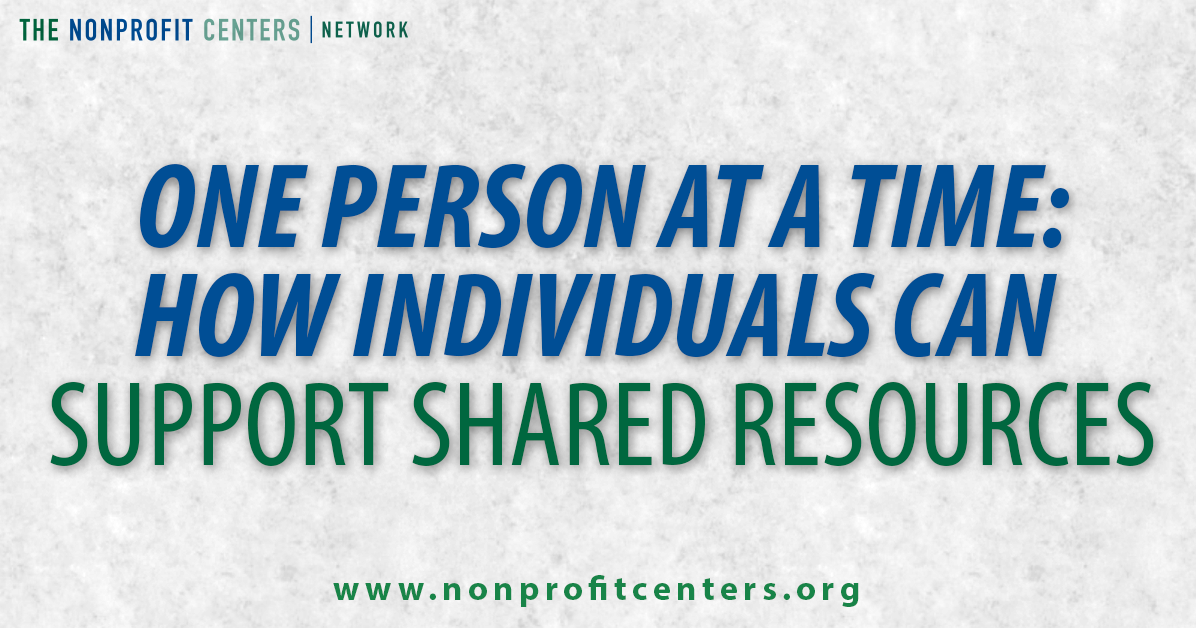NCN’s Steering Committee Member Saul Ettlin, a real estate consultant for Community Vision in San Francisco, CA, was recently featured in Shelterforce Magazine’s Spring 2019 issue. His article “Buying Power: Why Nonprofits Should Own Their Own Space” highlights four important reasons that locally-based organizations should own a building where they work. Saul writes: Nonprofits, and the wide range of human, social, cultural, and artistic services they provide, can be critical to anchoring communities and stabilizing neighborhoods. When they’re invested in the place in which they’re located, nonprofits become important hubs that create opportunities for those they serve; they lift up voices, and build placed-based power. For these groups to be successful in meeting their missions, they must be resilient themselves.
We are reviewing proposals for Sharing Innovation, and I’ve been thinking a lot about what innovation means to us at The Nonprofit Centers Network. The dictionary definition of the word “Innovate” is to “make changes in something established, especially by introducing new methods, ideas, or products.” Sharing resources is an innovation in and of itself. For so long, we have been told that success looks like a nonprofit with a large staff, a building, and a strong back office. However, based on our recent research, many nonprofits don’t need that degree of capacity. Efficiency and effectiveness is about having the right tools for the job when you need them.

The physical spaces nonprofits utilize play a key supporting role in the success of organizations, from specialized program space anchored in their communities to having quality, affordable administrative space that promotes collaboration and attracts and retains talent. However, many nonprofits face a myriad of challenges when it comes to having the program and/or office space that best meets their needs. Nonprofits can face: Acquisition Challenges. Generally, the commercial real estate market, and its capital, moves fast. In contrast, nonprofits take time to assemble resources Development Challenges. When nonprofits do acquire space, the leader of the organization often becomes an accidental developer, slowing down projects and possibly adding costs. Leasing Challenges. When rents are on a fast-paced rise, nonprofits can find themselves vulnerable. Ownership Challenges. Owning a building can be like running a program. It has a budget, needs dedicated staff and has financial and other metrics to be measured by. Nonprofit Real Estate Holding Entity as a Solution Traditionally, a real estate holding entity mitigates risk associated with the ownership of real estate assets. Here, the goal it is to bring expertise to the development and operation of nonprofit space that caters its design for and welcomes the types of uses the sector provides. These holding entities can:

Donors and co-locating agencies create projects in pursuit of more than one of six benefits. Typical combinations include the desire to both enhance access and to strengthen partnering agencies. The hope: to strengthen agencies that have a shared mission. The goal: simultaneously promoting sustainability and innovation. These are only the most common combinations. When done well, all real estate and location decisions are made with the intention of building community. However, the attempt to aid neighborhood development alone without careful consideration of the "mission benefit" of colocation first can have a profoundly negative consequence for non-profit organizations. At the inducement of neighborhood leaders, non-profits can feel compelled to move to locations that do not enhance their ability to deliver on mission. To borrow a phrase from the movie Field of Dreams - if we build a new community services center they will indeed come. Unfortunately, they may come for the wrong reasons and the project is likely to be unsustainable.
For most nonprofits, office space is the second largest expense, after personnel costs. Most of the time we make do with what we can get our hands on – working out of our living rooms or a donated church basement. Too often, we let our office space work against us instead of for us!
You may be fighting your office instead of fighting for your cause if in the past year, you have
- Had to reschedule a meeting with a community member to deal with a flood in your program space
- Wrapped up in blankets to stay warm since your furnace couldn’t keep up while typing up your latest appeal letter.
- Spent time shoveling the walk instead of filing grant reports
- Lost connection to the internet and your cloud-based file storage because of old wiring
I challenge you to keep track of how much time you spend fighting with your office the next week. I think you’ll be surprised. You can also take it a step further and multiply that by your hourly salary to figure out how much your space costs your organization each week. If time is money, your board may be interested to see how much your “free” or “cheap” office space really costs.
What should you be paying for office space anyway? (Here’s a clue: the answer isn’t $0.) For a quick estimate, do this math: multiply 250 sq. ft. per person times the per square foot lease rate for Class B office space. You can find the average per square foot by searching for real estate market reports in your region (typically made public by major real estate firms like CBRE or Cushman Wakefield). For example, since NCN has two staff in Denver, we should be paying $11,595 per year. (Depending on the local custom, you might be given the square footage cost by the month, so pay attention and adjust accordingly.) You’ll still need to budget for utilities, internet, cleaning, security, etc., and more.
Sharing space allows us to achieve several thousand dollars in cost savings every year – not to mention the time of managing the internet, cleaning the office, keeping the printer up and running, and more! Think you might be up for running a shared space? Check out Virtual Nonprofit Centers Boot Camp today!

The Hive is a coworking and events center where we build a stronger, more connected community. Inspired by Jewish wisdom and our natural and farmy surroundings, we provide a thriving environment for social entrepreneurs, nonprofits, and local community organizations to work, meet, and grow in a unique environment. Our goal is to become a model for community collaboration and to promote creative Jewish expression, both at home in Encinitas, San Diego, California, and around the world. The Hive offers robust monthly professional development programs to service our local nonprofit community from a range of topics including: board management, public speaking, emotional intelligence, strengths based leadership, fundraising, and grant writing to name a few! In addition, The Hive offers arts and cultural programming for creative Jewish expression and exploration. These programs include: theatre performances, meditation workshop, art galleries, and holiday celebrations. Collaboration, connection, and learning all with an ocean view!
It’s a new year! Time to get into shape! No, I’m not here to harass you on how well your New Year’s resolution towards good health is going, or if you’ve already given up on it. (You can do it!) I’m here to help your nonprofit get its plan about sharing space into shape, so you can present your best self to your community. This year, we're bringing you a different kind of Boot Camp, that's making it super easy and cost effective to learn about nonprofit shared space with Virtual Nonprofit Centers Boot Camp. You can get in shape on your own (in your pjs) over 2 months or with your colleagues (maybe not in your pjs) over 6 months, starting whenever you register. Make this year the year you dive into the idea that you, your board, or community has been thinking about: getting serious about shared space. Here are just a few ways Virtual Nonprofit Centers Boot Camp will get you and your team there:
The Discovery Center & Pier are a shared campus to five water-based nonprofit organizations in northwest Michigan: • Great Lakes Children’s Museum • Maritime Heritage Alliance • Watershed Center Grand Traverse Bay • Inland Seas Education Association • Traverse Area Community Sailing The Traverse Tall Ship Company operates from the campus as an affiliate business partner. The organizations, while co-located on the 15-acre campus, largely operate from their own buildings. Obviously, having access to a deepwater port and more than 11,000 feet of Lake Michigan shoreline make this facility different and uniquely suited for organizations with boats and/or a connection to water. (Only Great Lakes Children’s Museum does not operate a boat.) The owner is a division of the local Rotary Club. It is mainly managed by the member organizations through a separate nonprofit. A plan is being developed for a new nonprofit center that would house most of the partners’ operations under one roof.
Langs began as a community development project close to 40 years ago. Today, the organization provides a range of social, recreational and health services for all ages. The Community Hub@ 1145 was made possible with federal and municipal funding; a successful capital fundraising campaign and bank financing. The 58,000 square foot facility was designed by Laird Robertson and built by Melloul-Blamey Construction in 2011. The organization is co-located with the William E. Pautler Seniors Centre which operates a frail elderly day program and health promotion programs for seniors. Langs is co-located with 20 community partners and is expanding the facility to include space for additional partners. Some current onsite partners include:
I was recently traveling for my Summer vacation. When I would come across new people and tell them about my work at The Nonprofit Centers Network, I got the typical mix of responses that I’ve come to expect. They range from, “Wow! Sharing space and resources makes so much sense for the nonprofit sector,” to the confused “That’s nice, but what do you really do?” Then there was a conversation with a woman that caught me by surprise. From the way she reacted, I knew immediately that she was one of those who “got it” right away. Towards the end of our conversation, she asked me, “What can I do to support this idea? I don’t run a nonprofit organization, and I’m not a philanthropist.” Here are some of the tips I shared (and some I wish I had thought of at the time!):




